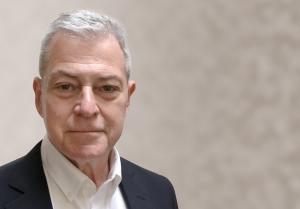Changing the Electric Utility Financial Paradigm
Leonard S. Hyman is an economist and financial analyst specializing in the energy and regulated sectors. He was formerly head of utility equity research at Merrill Lynch, and senior advisor to investment banking at Salomon Smith Barney. At one point, he was on a NASA panel investigating the placement of nuclear power plants on the moon. He is author of America’s Electric Utilities: Past, Present and Future.
William I. Tilles is a senior industry advisor and speaker on energy and finance. He worked as a bond analyst and later headed equity utility research at Dean Witter Reynolds and then Smith Barney. He then became a portfolio manager at Angelo, Gordon & Co. and later at Sandell Asset Management. For a time he ran the largest long/short equity book in the world.
The electricity industry will change its operating model to meet the challenges of global climate change and competition from alternatives to grid-supplied power. Those challenges will require a new financial paradigm as well.

The old financial paradigm assumed that the industry would maintain a monopoly and grow steadily. Power plants would remain useful until retired due to old age. The industry could borrow heavily with no risk of default.
It also could raise money from the markets whenever desired, making it possible to pay high dividends and retain less earnings to pay for new investment. And depreciate plants over an unusually long lifetime, because with steadily growing demand, one could always find a use for aged plants. The industry financed its operations as if growth and monopoly status would go on forever.
The electric industry requires a new financial paradigm because the assumptions undergirding the old paradigm have become less relevant in today's environment. The industry's business and operating risks have risen. So the industry's financial leverage, set in the days of steady growth and low risk monopoly conditions, is too high.

